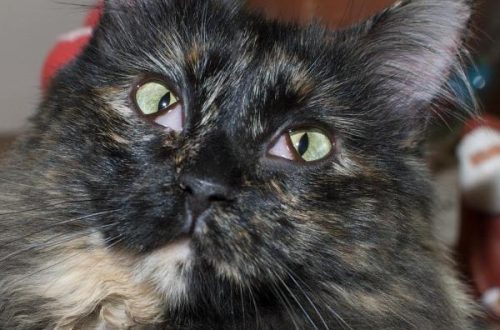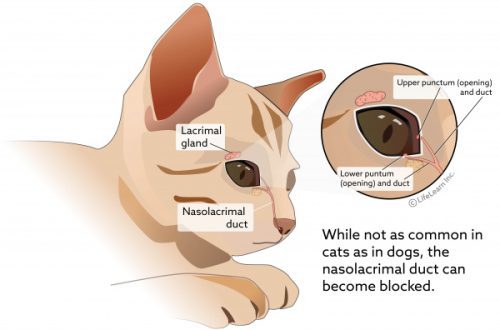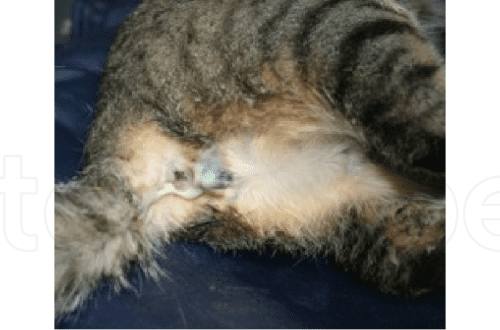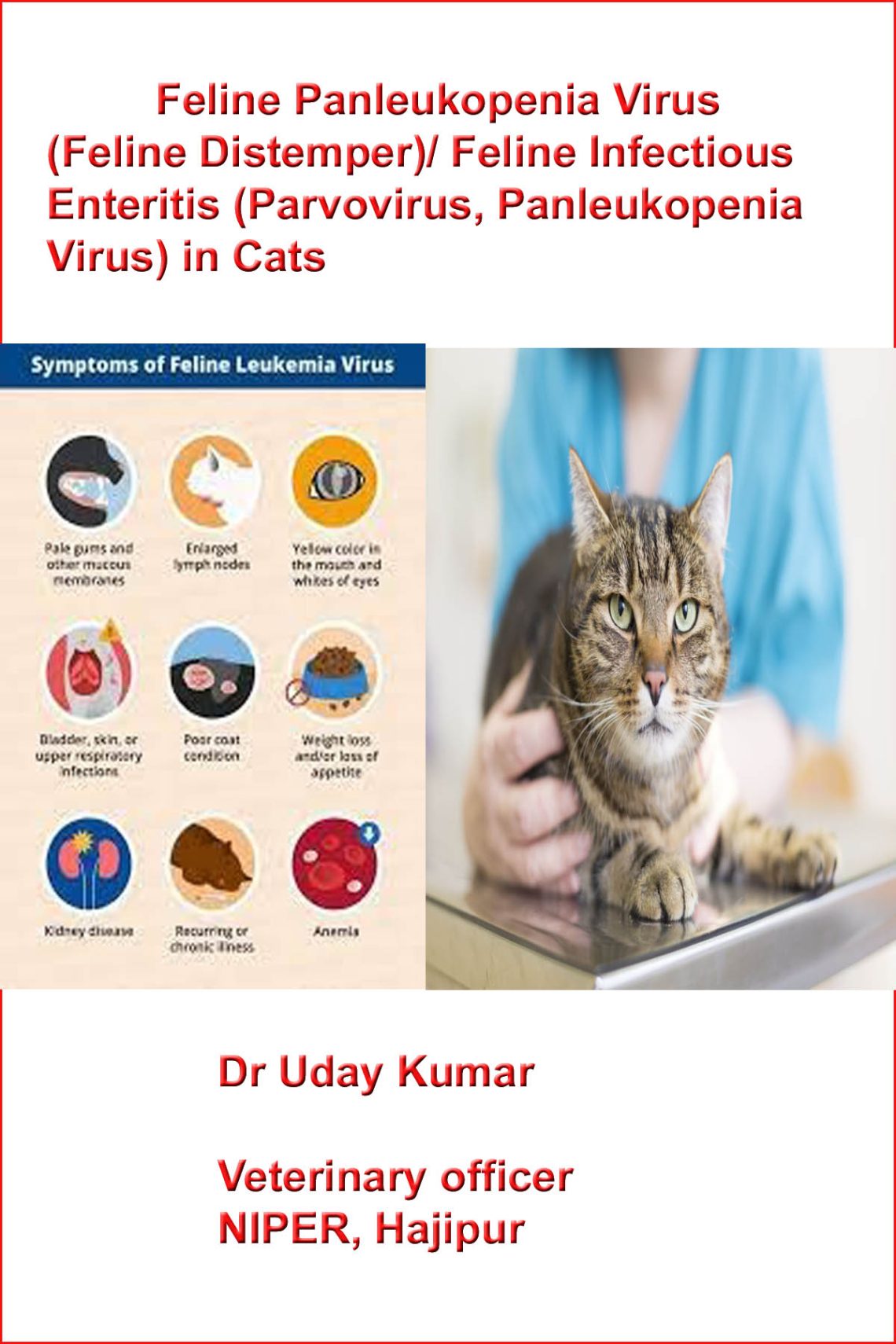
Distemper in cats – panleukopenia
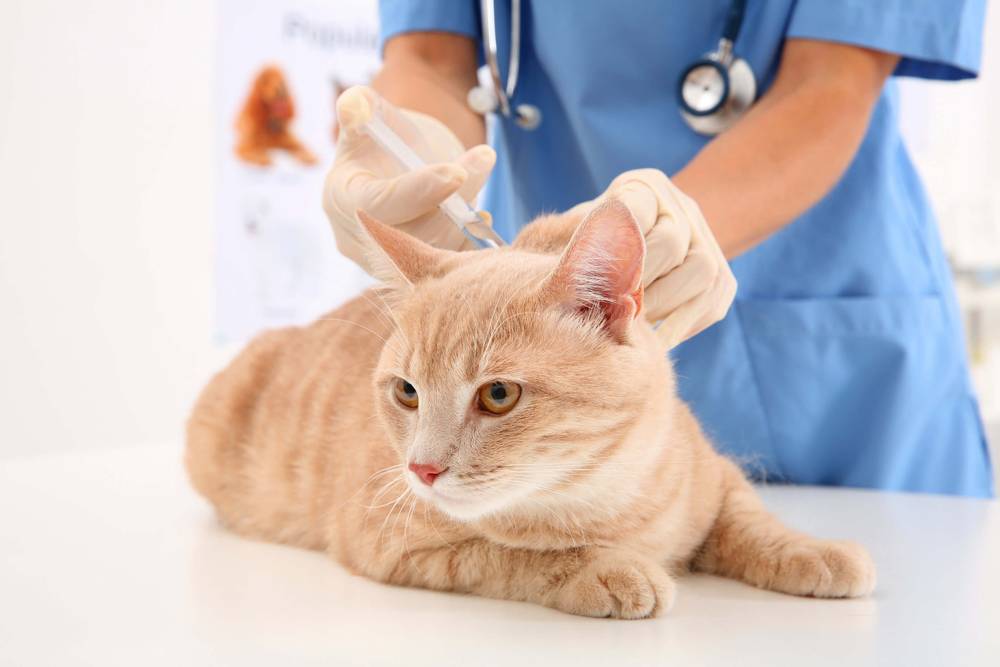
This is a highly contagious disease caused by a persistent pathogen – parvovirus. It is resistant to temperature loads up to +60 degrees – it can be in such an environment for up to one hour. Also, parvovirus easily adapts to reactions with pH 3.8-9.0 and to the action of digestive enzymes. The latter fact explains the survival of the virus in a sick animal and its pathogenic effect, which persists even in fecal matter. It is not always possible to cure a pet, sometimes the disease leads to death.
Contents
Possible sources of infection
Panleukopenia affects all cats at any age, but two age categories are considered the most vulnerable:
- kittens aged 1 to 12 months whose immune status has not yet stabilized;
- взрослые коты и кошки в возрасте от 6 до 8 лет – в этот период жизни иммунитет претерпевает сильное снижение.
Another category of risk is embryos and already formed fetuses in the womb of a cat during pregnancy. The probability of survival of kittens is almost zero – panleukopenia is transmitted in utero and affects the fetus in any phase of development.
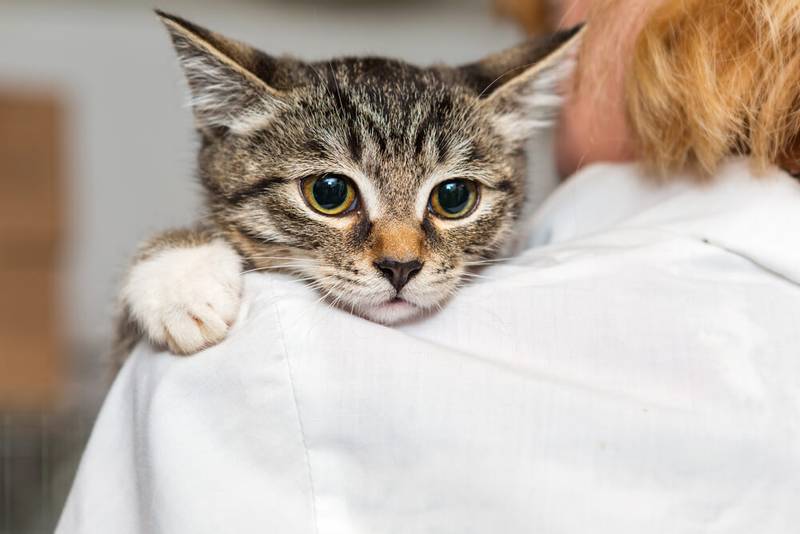
Ways of transmission of the causative agent of distemper in cats
Not always the disease is transmitted directly from a sick animal to a healthy one. Even a person can become an intermediary in this chain or an intermediate virus carrier.
Classification of methods of infection:
- oral infection – when the pathogen enters the body of a healthy animal through the mouth. This occurs when eating food together with the virus carrier from the same dish, when the saliva of an infected cat penetrates, when licking the wool;
- direct contact – when the virus spreads to a nearby animal;
- intrauterine transmission from a pregnant mother to offspring during pregnancy – in such cases, the embryos have no chance of survival;
- transmissible transmission of the exciter carried by blood-sucking insects.
The infection easily affects babies older than two weeks of age, but not yet 1 year old. In the first weeks of life, they are no longer protected by maternal immunity, and their own is not yet fully formed. In addition to them, unvaccinated animals are at risk.
Often infection occurs even with the most strict observance of hygiene rules, sanitary requirements and under the best conditions. The virus carrier leaves traces of the pathogen on the street, in porches, in parks. And already from there they can penetrate into a house or apartment with the clothes of the owners or on the surfaces of various objects.
Distemper symptoms in cats
The incubation period of the pathogen is from 2 to 10 days, depending on the age and health of the cat. The course and symptoms of the disease can be different, depending on the immune status of the pet. Therefore, it is difficult to name the characteristic signs and symptoms of panleukopenia in cats, but the most common is an increase in body temperature to 40-41 degrees, decreased appetite, vomiting, diarrhea, apathy and drowsiness.
The disease usually proceeds in several stages – from the moment of infection to death or complete recovery.
Forms of panleukopenia:
- hyperacute form – manifested by a high percentage of mortality, more common in young (under 1 year old) and adult (over 6 years old) cats. In this form, disorders of the gastrointestinal tract are clearly manifested – vomiting, diarrhea. Mortality in the fulminant form reaches 100%, and only a few hours pass from the onset of the disease to the intense manifestation of symptoms and death;
- acute form panleukopenia is characterized by a longer incubation period (3-14 days), which gives little chance of recovery. Signs develop within 1-3 days: temperature up to 41 degrees, diarrhea and vomiting. The acute form is more common in older cats. The prognosis for this form of flow is from cautious to unfavorable;
- subacute form usually occurs in older cats (6-7 years of age), as well as in animals that have been regularly vaccinated against parvovirus infection. The clinical picture resembles the symptoms in the acute form of the disease, but with less intensity and blurred signs. In some cases, owners may not even notice obvious signs of the disease. The chances of recovery are quite high with timely treatment.
Disease statistics:
- only 5–10% of parvovirus-infected cats survive intensive treatment without vaccination;
- the mortality of kittens under one year old reaches 75%, since at this age vaccination has not yet been carried out in accordance with the instructions;
- about 90% of adults who survive after panleukopenia can remain virus carriers forever.

Diagnosis of feline distemper
At the first signs of the disease, you should immediately contact the veterinary clinic. Along with symptoms, panleukopenia must be diagnosed by laboratory methods.
To obtain accurate results, PCR analyzes are carried out in the laboratory – polymerase chain reaction. Such diagnostics allows you to do an examination with one hundred percent effectiveness up to three days. At the same time, such a method can reveal the consequences of the presence of parvovirus (after vaccination or after treatment). The following methods of laboratory diagnostics are also used in veterinary practice:
- PCR of feces or rectal washings. With a positive result, it is not always possible to talk about the presence of a virus in the body. Positive fecal PCR results may be in the initial phase of panleukopenia, therefore, even in the absence of a pronounced clinical picture, the animal should be quarantined and the PCR test repeated after two weeks;
- Blood PCR – this method is used much less frequently, but more accurately indicates the presence of parvovirus in the body when positive results are obtained. To confirm the primary diagnosis and in the absence of symptoms, a second test sample is taken after 14 days or when the first signs appear;
- ICA is an express diagnostic method that aims to determine the antigen titer. In other words, if after the immunochromatographic analysis (ICA) the result is positive, then it can be used to judge the amount of the virus in a certain phase of development in the animal’s body. In the complex application of ICA and PCR methods, a more accurate diagnostic result is achieved;
- иммуноферментный анализ (ИФА) также указывает на наличие вируса с высокой долей точного результата.
When carrying out any diagnostic method, a cat should be treated for distemper only if there are positive results. In the case of negative samples, two important points must be considered:
- a negative result may be in a sick animal during the incubation period of parvovirus;
- negative results occur against the background of mixed infection or infestation.
Therefore, for a more accurate diagnosis, it is necessary to re-examine in the presence of symptoms with negative samples.
Treatment of distemper in cats
Complex therapy is aimed at symptomatic treatment, elimination of the causes of infection and limiting contact with other animals.
To reduce the risk of infection in other cats, you should immediately limit the contact of a sick animal (quarantine up to 14 days). The feces in the place where the sick cat is kept should be cleaned several times a day, preventing the virus from spreading.
The doctor determines the specific methods of therapy based on the results of the diagnosis, the form of the course of the disease and the condition of the pet. Usually, as part of drug therapy, drugs of several categories are prescribed at once:
- antibiotics to prevent bacterial complications;
- antiemetic drugs;
- antipyretics and painkillers;
- fluid therapy to prevent dehydration.
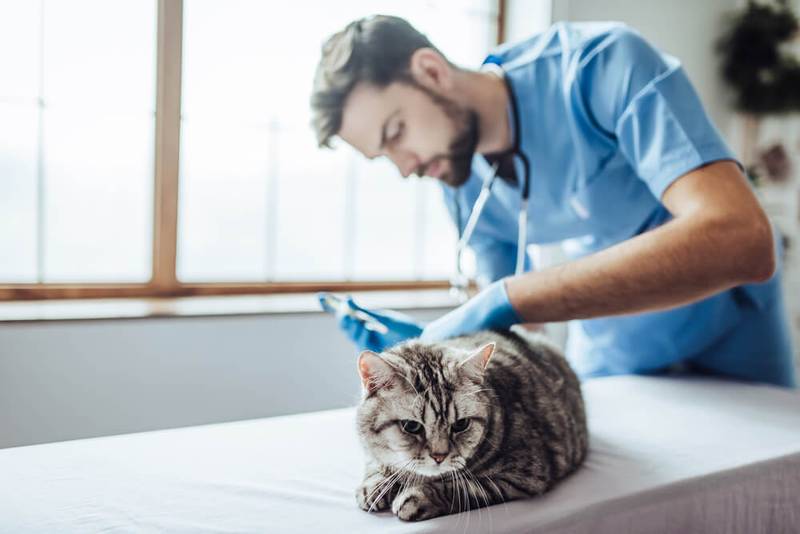
Consequences of the disease
Those who have been ill develop stable immunity, and the risk of re-infection with parvovirus is much lower.
The main complications after panleukopenia relate to disorders of the digestive tract and nervous system (tremor of the limbs, impaired coordination).
Potential transmission of the disease to humans
For humans, the panleukopenia virus is not dangerous. Also, feline parvovirus is not dangerous for dogs. Although the disease itself often manifests itself in both animal species, the causative agents of feline and canine parvovirus are completely different.
Prevention
The only effective preventive measure is vaccination against panleukopenia. It is often complex and works not only against parvovirus, but also against other infectious diseases of cats.
In order for the animal to be protected already at an early age, vaccination is recommended from 2 months of age. Re-vaccination is carried out after 3-4 weeks. In the future, the vaccination should be done once a year with an interval of 10-12 months – this is the period of resistance of immunity after the introduction of the vaccine.
In addition, for the purpose of prevention, it is necessary to monitor the contacts of the pet, not to allow him to communicate with animals that have clinical signs of the disease. Regular preventive examinations at the veterinary clinic are also recommended.
August 7 2020
Updated: 21 May 2022



